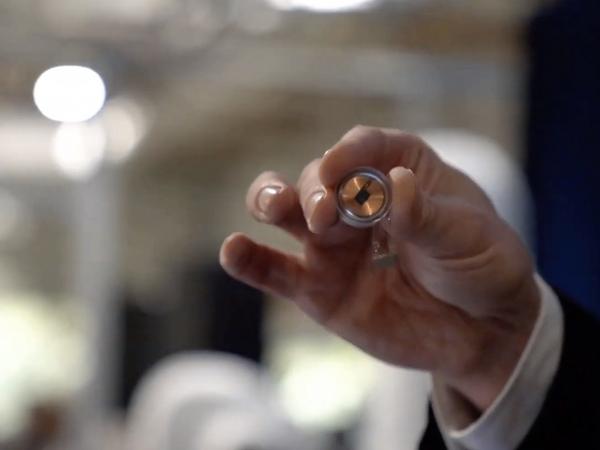The Neuralink company, owned by billionaire Elon Muskannounced that it received approval from the United States Food and Drug Administration (FDA) for human studies of its brain implants.
(See: Why Elon Musk criticizes working at home and says it will disappear)
The first human studies “represents an important first step that will one day allow our technology to help many people”the company wrote on its Twitter account.
In early December, Musk had assured that Neuralink was ready to perform brain implants in humans within six months.
(See: Twitter: Musk names Linda Yaccarino as the network’s new CEO)
At that time, the tycoon pointed out that the FDA had raised concerns about possible overheating of the implantwhich includes microwires in brain tissue, as it could result in the leakage of chemical elements from the implant into the brain mass.
The chip measures 23 millimeters by eight millimeters, can be implanted by a surgical robot without the need to give the patient general anesthesia, and can be removed and reinserted if desired.
AFP
(See: Celebs Musk Pays for Twitter Checkmark)
Neuralink states that the function of the implant will be to “read” brain activity to power transmit commands that help restore some severely damaged brain functions after a heart attack or amyotrophic lateral sclerosis, which lead to serious damage to communication skills.
Until now, brain implants have developed in only one direction, from the brain to the outside (usually a computer is the one that processes the signals), but the brain chip company project aims to be able to move information in the other direction as well towards the brain.
(See: Big Data and Machine Learning to strengthen business indicators)
The company is developing two types of implants in parallelone to restore vision “even to those who have never had it” and another to restore basic bodily functions in people with paralysis from damage to the spinal cord.
BRIEFCASE


![[Img #74664]](https://thelatestnews.world/wp-content/uploads/2024/12/James-Watson-The-controversial-genius-behind-the-double-helix-150x150.jpg)








![[Img #74664]](https://thelatestnews.world/wp-content/uploads/2024/12/James-Watson-The-controversial-genius-behind-the-double-helix-300x200.jpg)

